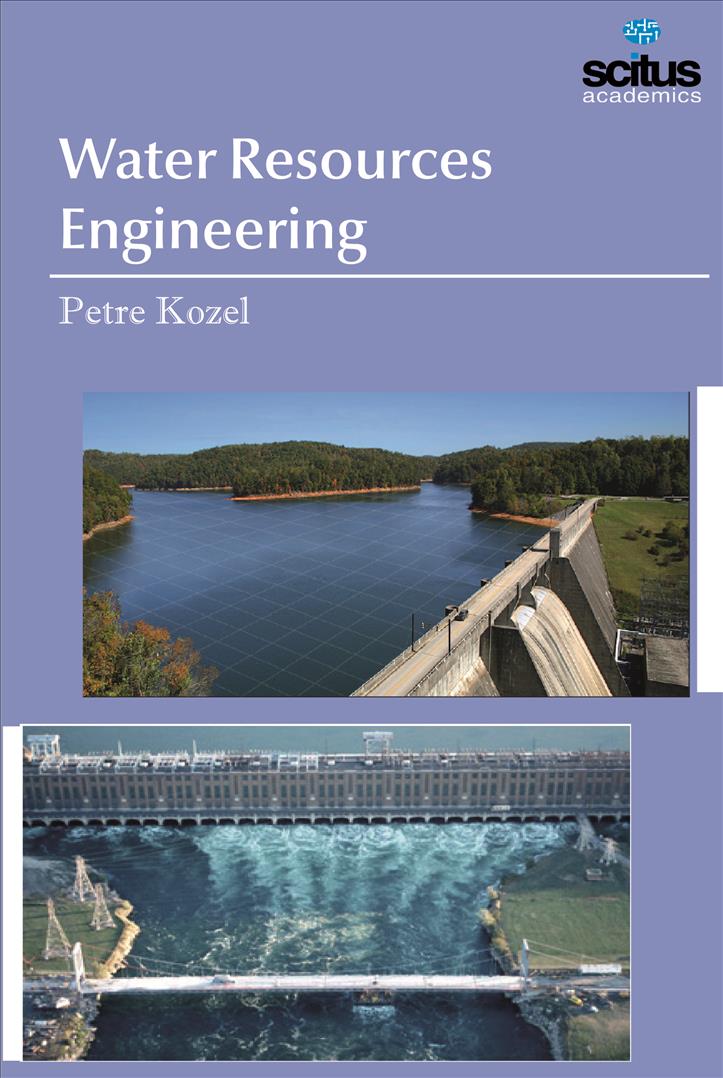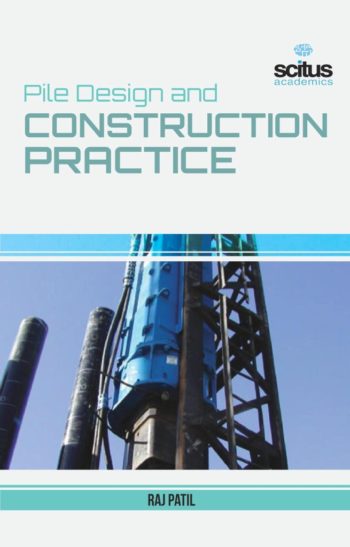Water resources engineering is the quantitative study of the hydrologic cycle the distribution and circulation of water linking the earth’s atmosphere, land and oceans. Surface runoff is measured as the difference between precipitation and abstractions, such as infiltration (which replenishes groundwater flow), surface storage and evaporation. Applications include the management of the urban water supply, the design of urban storm-sewer systems, and flood forecasting. Hydraulic engineering consists of the application of fluid mechanics to water flowing in an isolated environment (pipe, pump) or in an open channel (river, lake, and ocean). Civil engineers are primarily concerned with open channel flow, which is governed by the interdependent interaction between the water and the channel.
The purposes of this book, includes both water use and water excess management. The fundamental water resources engineering processes are the hydrologic processes and the hydraulic processes. The hydrologic processes include rainfall, evaporation, infiltration, rainfall-runoff and routing, all of which can be further subdivided into other processes. Knowledge of the hydrologic and hydraulic processes is extended to the design and analysis aspects.
Water resources development has had a long history basically beginning when humans changed from being hunters and food gatherers to developing of agriculture and settlements. This book builds on that knowledge to present state-of-the-an concepts and practices in water resources engineering.













